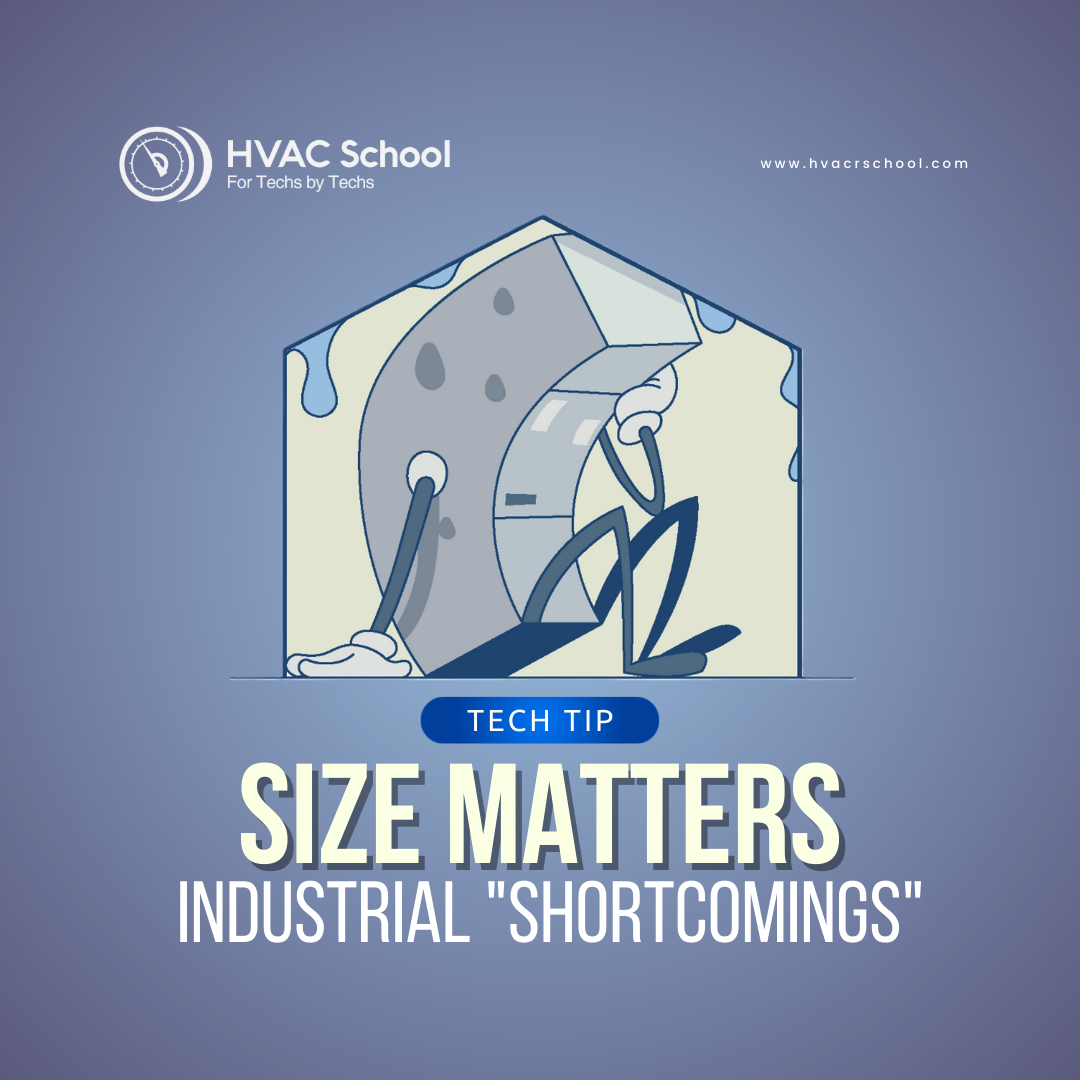Get Tech Tips
Subscribe to free tech tips.
Troubleshooting for HVAC/R – Repairs, Reevaluation and Wrap up
This article is part 5 of a 5-part series on troubleshooting by Senior Refrigeration and HVAC tech Jeremy Smith.
 This step might be the most challenging part of troubleshooting. We've got a “Most Likely candidate” for the trouble, but we don't know for certain that's what is wrong.
This step might be the most challenging part of troubleshooting. We've got a “Most Likely candidate” for the trouble, but we don't know for certain that's what is wrong.
So, we have to combine our customer skills, our experience, and our troubleshooting skills.
Let's correct that “Most likely” problem that we've identified. Clean a dirty evaporator or condenser coil, replace the plugged filter drier, repair the leak and recharge the unit to specifications, etc.
You're done, right?
Not so fast.
This is where things can get interesting. Looking at our flowchart, we've got a decision loop here. Make the repair or correction to system operation, then reevaluate system performance. In reality, this puts us back to the gathering data phase of the process, but we don't necessarily have to gather the same data twice. If we replaced an air filter or a belt, cleaned a coil, or replaced a capacitor, we can ignore that on our second (and maybe subsequent) evaluations.
We're now looking at system performance. Most manufacturers publish methods to evaluate their systems. If those fail, we can always resort back to the ‘rules of thumb’ and check to see if our system operations data now falls in line with accepted industry norms. If the unit doesn't match up with the manufacturer's specifications or industry standards after making the initial repair, continue the data gathering, data evaluation, and repairing the next most likely problem the data points to.
Be very careful here not to focus on a single aspect of the system. Let's say you had a high-pressure trip due to a dirty condenser. So, you clean that coil and reset the pressure switch. Don't key in exclusively on the high side readings and miss a low superheat issue. Monitor
ALL of the system conditions, and only when everything is within industry norms (or the customer refuses the work, of course) do you move to the final part of the flowchart and terminate the troubleshooting process.
Now go out and fix some stuff right the first time.
—Jeremy
Here are the links to the previous installments in this series:










Comments
To leave a comment, you need to log in.
Log In